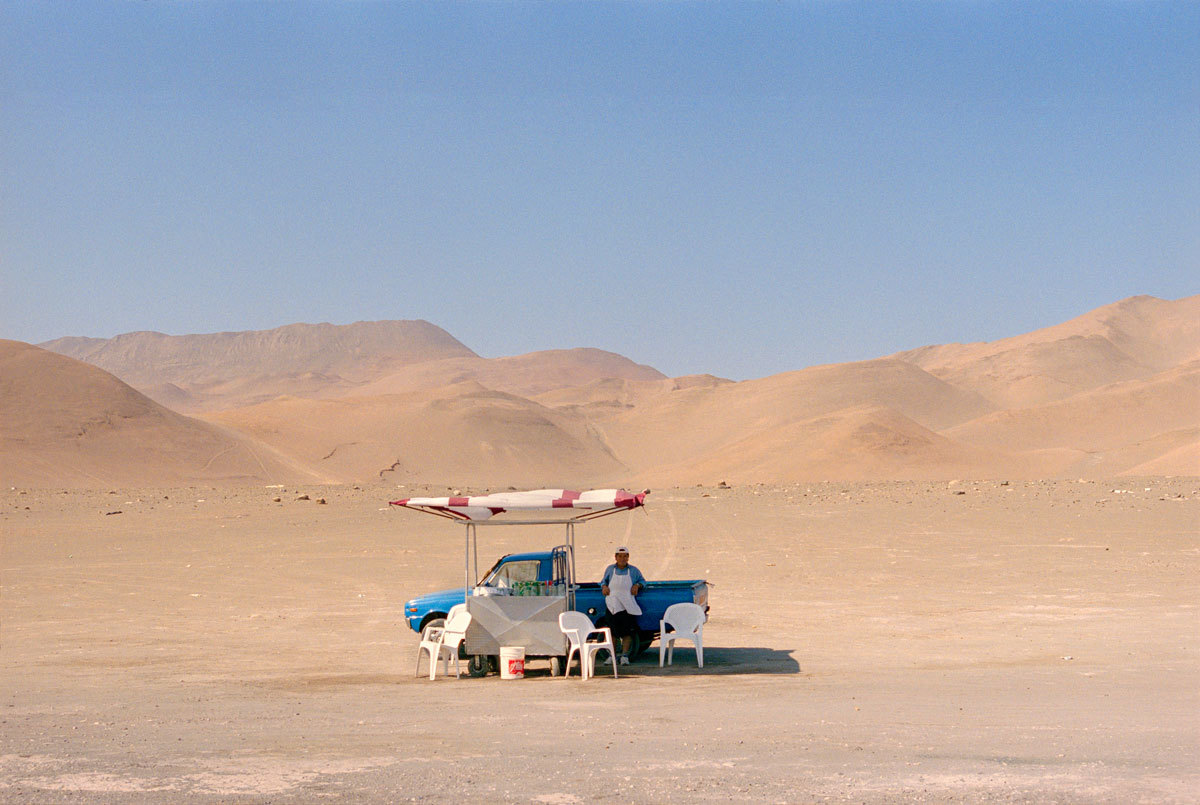Twice a year legendary photo agency Magnum open up their archives for their Square Print Sale. It’s a chance to own, for just $100, a piece of photographic history, an editioned, signed, print by one of their photographers.
Earlier this year they grouped the sale under the theme of the decisive moment; an aesthetic tenant of Magnum founder Henri Cartier-Bresson. Now they’ve turned their attention to another of Henri’s sayings; this time in reference to David “Chim” Seymour. “Chim picked up his camera,” Henri said, “The way a doctor takes his stethoscope out of his bag, applying his diagnosis to the condition of the heart.”
Chim, born in Poland, spent a career documenting the effects and aftermaths of conflict, from the Spanish Civil War to the fallout of WW2. Some of his most famed images show the effect of the Second World War on children and orphans. His photos are revered for the way they connected with the plight of its subjects to tell their stories, in a beautiful and honest way.
The aim, as with their earlier print sale, is to explore the lasting legacy of the agency’s founders on modern photojournalists and photojournalism. So in celebration of this legacy these are our ten favourite images that define the condition of the heart in all it’s variety; from love to peace, war to celebrity.
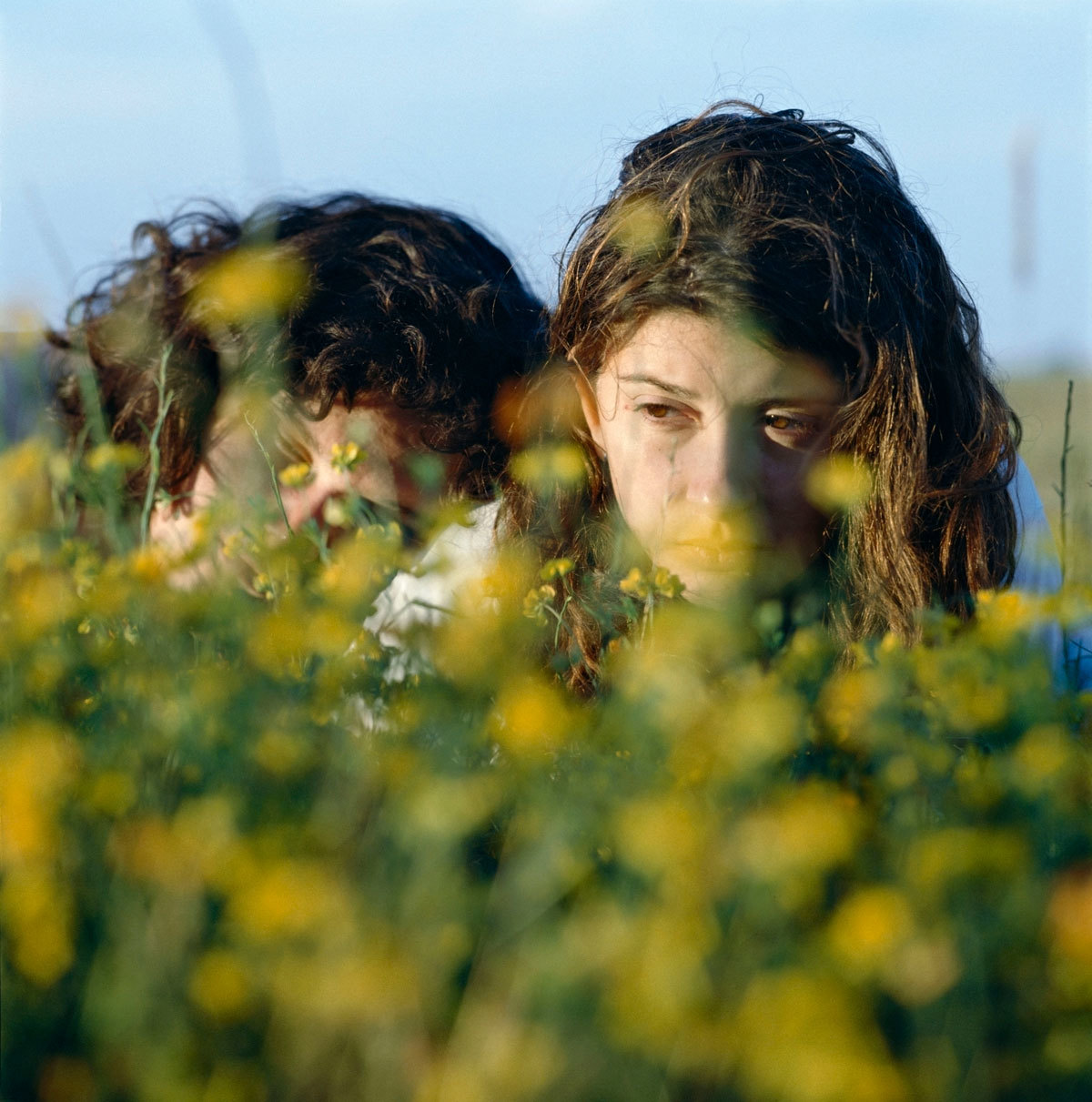
Alessandra Sanguinetti, Yuyitos (Flowers)
“The first photographs I took were of fields, animals and my older sisters in 25 de Mayo costumes. I was a kid then, but I’m still making those same pictures. They are in different shapes and more elaborate narratives, but I am still attached to the same concerns and to a general sense of melancholy. My favourite thing to do then (and now) was to lie in the fields belly up and wait for horses and cows to come sniff me while I held my camera under their noses. Years later, in those same fields, now with Belinda and Guille, we played out scenarios, little dramas, sketches, still-lives, dances, songs and all kinds of general silliness, so that the fields became a grand, expansive stage. In this image the girls are at their peak of adolescence. Many changes were brewing as they lay in wait.” Alessandra Sanguinetti
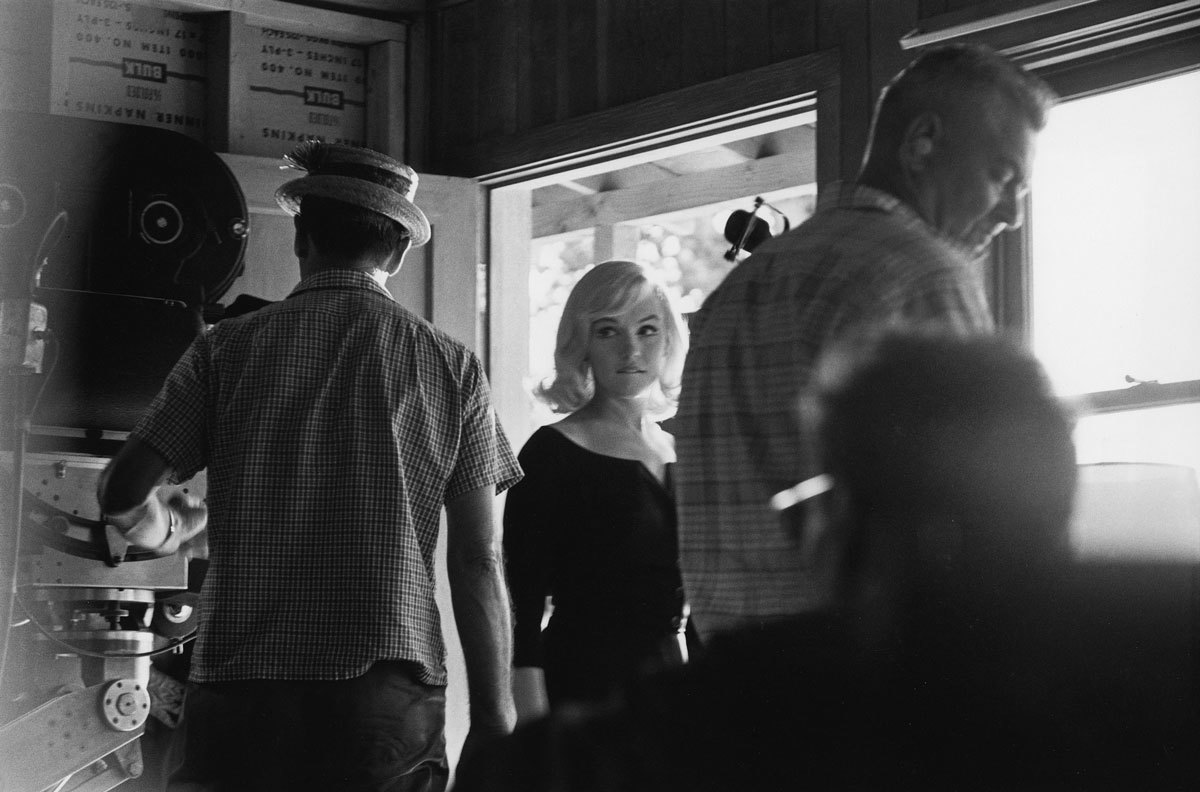
Inge Morath, Marilyn Monroe on the set of The Misfits.
“In an interview with director Gail Levin for her documentary, Making The Misfits, Morath recalled the difficulty of photographing actors such as Monroe, who ‘knew all the tricks about how to pose.’ The photographer’s task was to capture how they worked, the element of surprise that they delivered to a scene, without getting in the way. What she wanted, Morath told Levin, was to photograph ‘the unposed person,’ so she watched and waited for the actor to expose his or her vulnerability.”John P. Jacob, Inge Morath: On Style
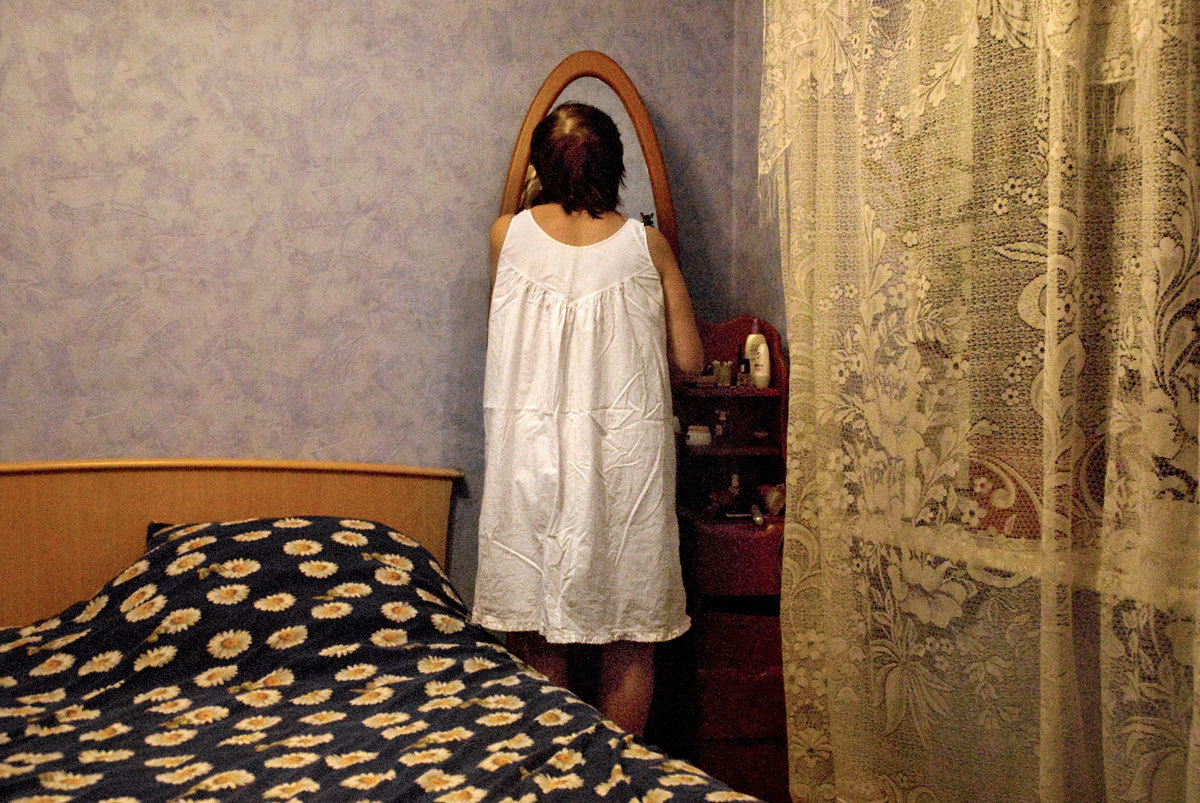
Bieke Depoorter, Ou Menya
“This photograph was one of the first I took where I finally could feel what photography means to me. Before, I had always treated people as pawns in my photography. I would wait for hours until they came into the right position. But I was never satisfied with the picture and felt that I was missing something… I took this photograph during a trip for my graduating project, on one of the first nights spent with people I had met on the streets of Russia.
Without saying a word, she took me under her arm, brought me to her tiny house, fed me and showed me how to wash myself in a little basket. Still arm in arm, still in silence, we then went for the most peaceful walk I had ever taken. I remember us standing still over the icy fields. We came home and watched a Russian version of The Bold and the Beautiful. She was in the seat she would sit in every evening, I was in the seat next to her. She gave me pajamas to wear and took a picture of me. I took one of her. Everything seemed so simple, logical and beautiful. That night I realised that all along I had been missing this connection with people in my photographs.” Bieke Depoorter
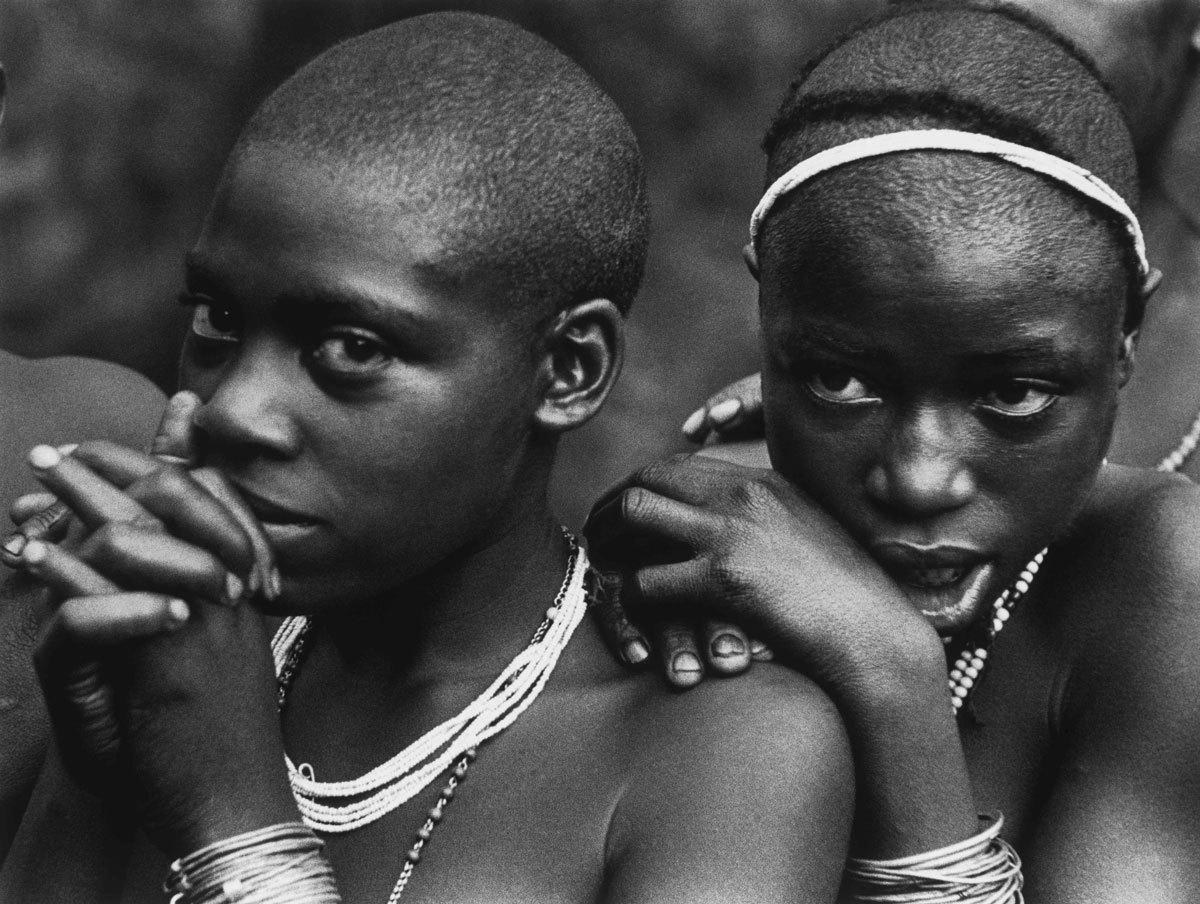
George Rodger, Dinka girls of Duk Faiwil.
“This photograph was taken in 1949, when George was able to travel freely through the Kurdufan territory, where few Westerners had ever been. He was very kindly received by the Nuba and Dinka tribes and spent a few days recording daily life in their remote homeland, far from civilisation. These shy Dinka girls with their half-smiles do not quite represent ‘connections’, but they do show welcome and friendliness to a stranger from another world… or empathy.” Jinx Rodger, wife of George Rodger
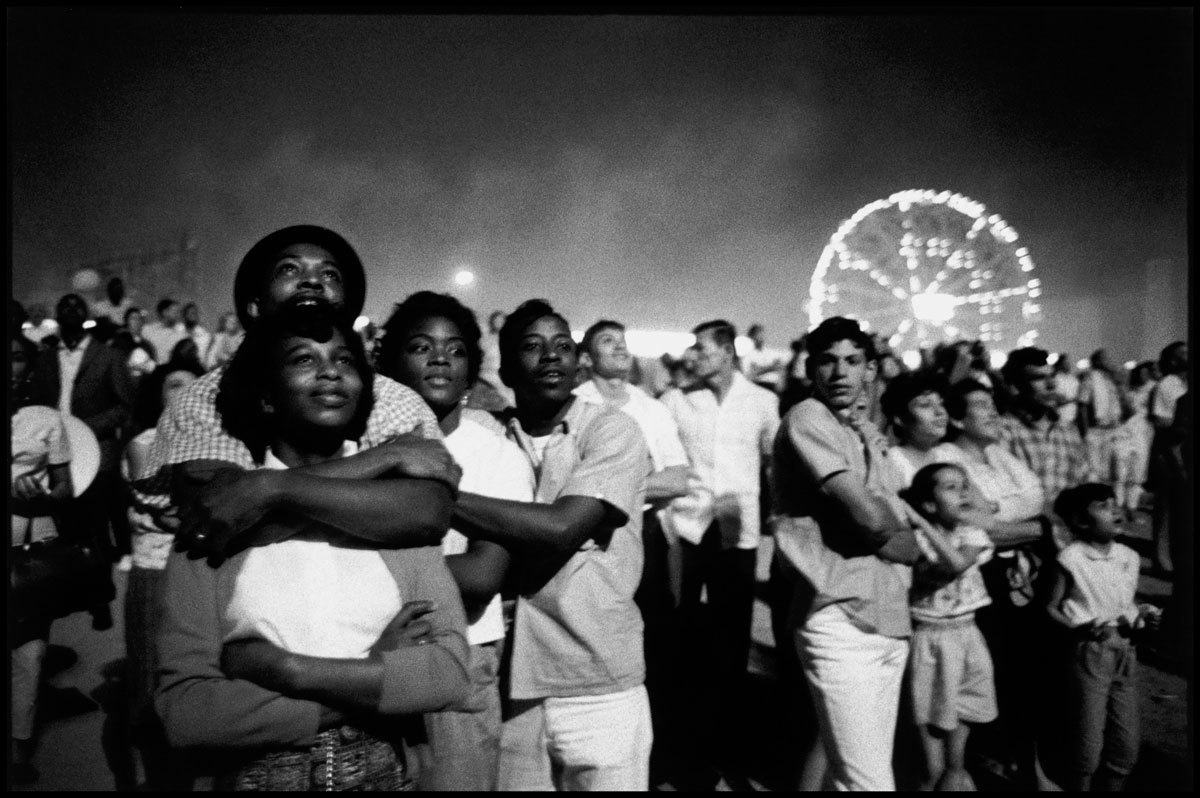
Bruce Davidson, Coney Island July Fourth Fireworks
“Sometimes they don’t tell stories, they simply speak as images. They express feeling, increase knowledge. Photographs can draw passion, beauty and understanding. And then there is love.” Bruce Davidson

Peter van Agtmael, Raymond plays with Star Wars lightsabers with his sons Brady and Riley.
“I met Raymond Hubbard in the fall of 2007, in Washington D.C. At the time, he was recovering at Walter Reed Army Medical Center, after having lost his left leg in Iraq the previous summer. I had been covering Iraq and Afghanistan intensely for nearly two years and needed a break. I was attracted to Raymond’s intelligence and charisma, and we began hanging out. I was a bit shy of photographing him at first. After a while, he snorted, rolled his eyes at my transparent hesitation and invited me to photograph what I wanted, how I wanted. We began spending a lot of time together. A few months after we met, he was discharged from the hospital and moved back to his small hometown of Darien, Wisconsin. I joined him out there a few weeks later. We partied together, smoked too many cigarettes and talked intimately. One day he asked for a family portrait. He loved Star Wars and wanted to pose with his sons and lightsabers. We went to a nearby cornfield at dusk and took a few photos. I wish I had taken more. Sometimes I mark time through this photograph.” Peter van Agtmael
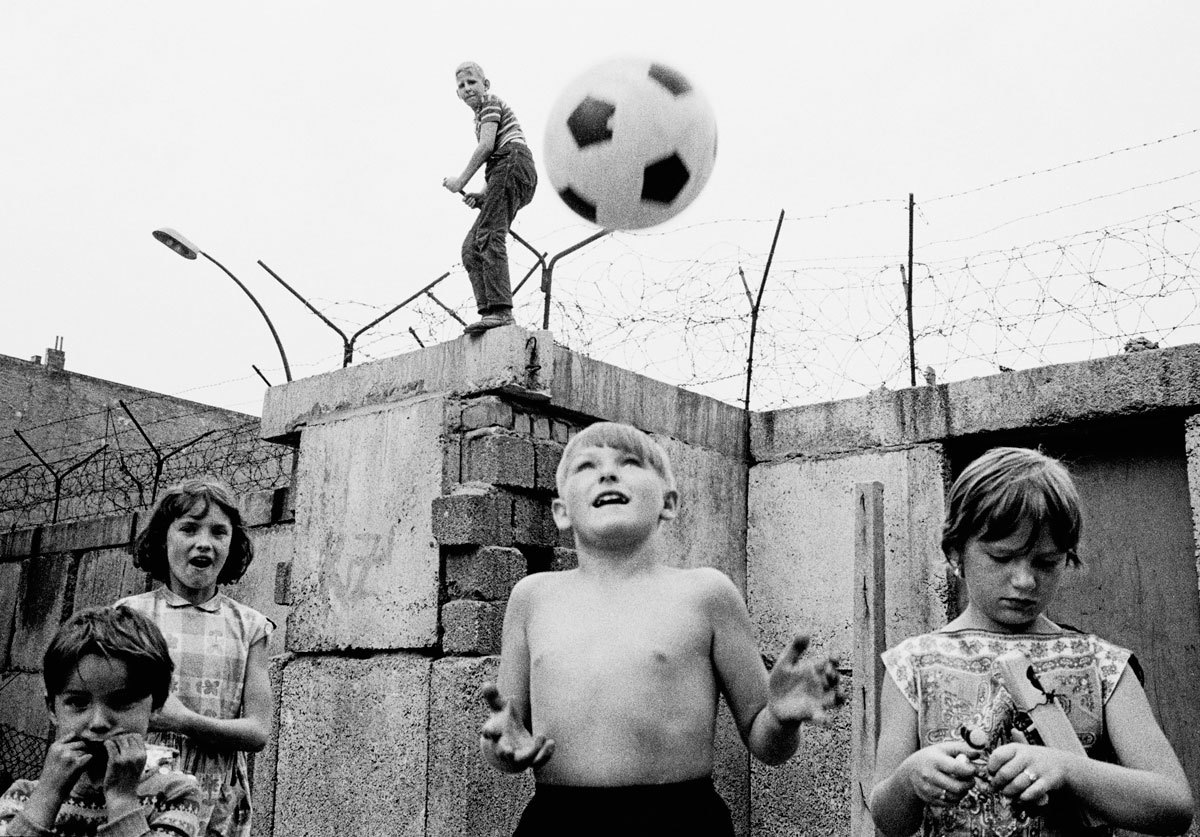
Thomas Hoepker, Children playing at the Berlin Wall in Wedding.
“In 1963 I was a young photographer working for Kristall, an illustrated magazine published in Hamburg, Germany. Two years earlier the East German government had erected the ominous Berlin Wall, which divided the two German States. Walking along the wall and the barbed wire, I noticed that children on the western side used the ugly edifice as a playground. They climbed up to take a peek of the other side or bounced their football against the bricks. At another point, I could see a soldier from the East German army, who held his Kalashnikov rifle on his shoulder while he played with his little boy.” Thomas Hoepker
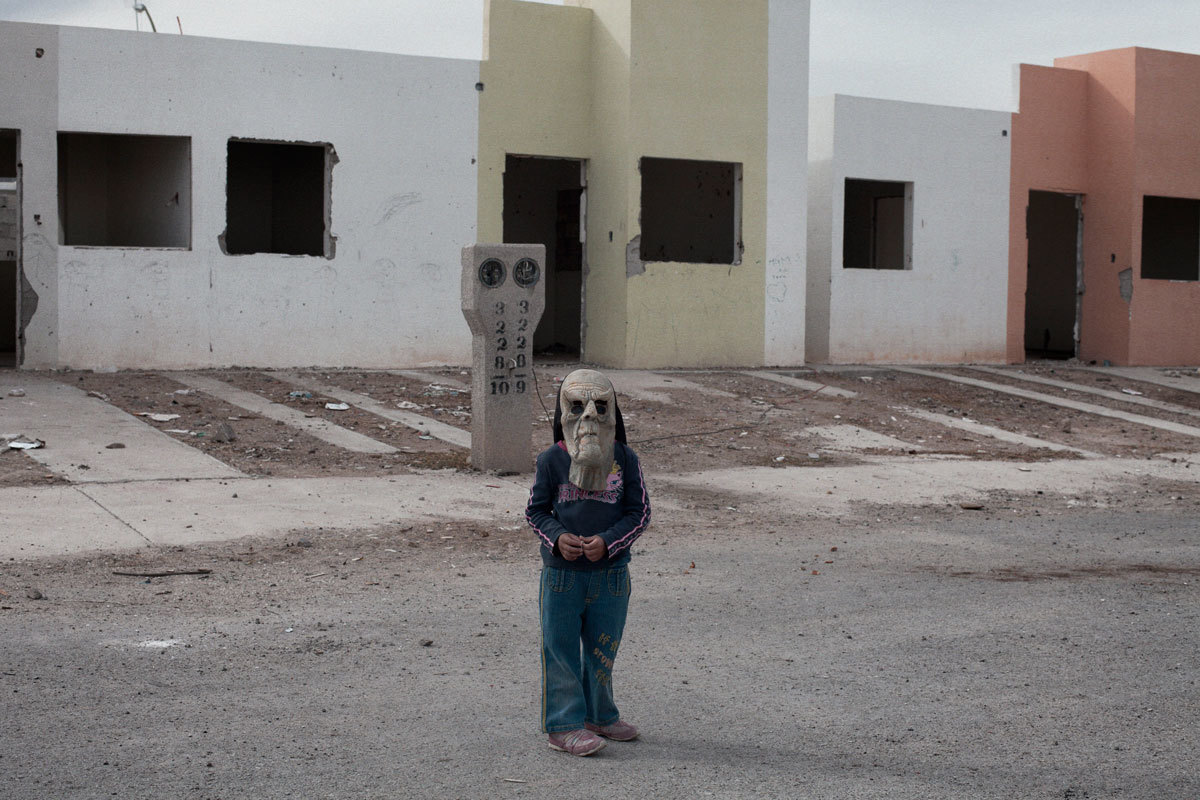
Jérôme Sessini, Child With Mask.
“In many ways I have a close connection with Mexico, which has drawn me there recurrently over the past ten years. As I wrote in my book, The Wrong Side: Living on the Mexican Border, in which this image was included: ‘Disturbing landscape, grey world of the workers in the maquilas. Concrete blocks. Seaside without the sea…Silent children, strangled by the hoods of their anoraks, heads down. They drag themselves like old men along the path home.'” Jérôme Sessini

Ian Berry, Jane Birkin and Serge Gainsbourg, in their Paris flat.
“I was given a magazine assignment to photograph Jane Birkin and Serge Gainsbourg. Knowing that singers and actors can occasionally be difficult, I anticipated problems. In fact, this was not at all the case. They were warm, friendly and generally terrific. I spent the whole day with them, and they were totally relaxed, obviously in a great relationship. They attempted in no way to direct or influence what I was shooting, which made my life very easy.” Ian Berry
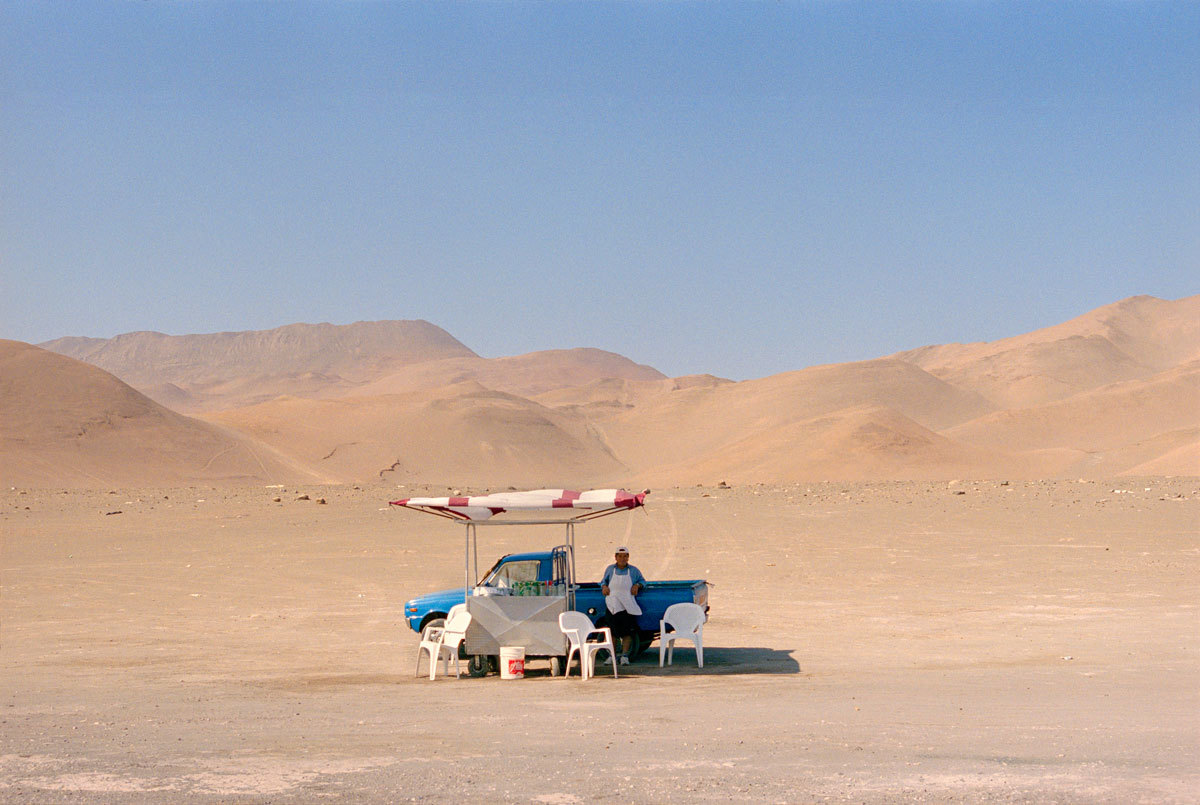
Patrick Zachmann
“With the exception of certain specific periods in my life when, having been exposed to too much violence, I felt a deep desire to work on landscapes, my lens generally errs towards people, human presence. It’s an irresistible need, actually; even if I sometimes feel despaired by humanity, I always look for a sense of connection with the people I photograph.
I was working on a story about the victims of Pinochet’s dictatorship in Chile, where I explored the Atacama Desert, the driest and most extreme desert region in the world. I would drive for hours without seeing another living being. One day this ice cream vendor appeared out of nowhere, in the middle of the desert! I was researching a project on the disappearance of human traces when suddenly, this man appeared, as if by miracle, where I was least expecting him. I stopped my car, climbed out and waved at him, quickly photographing this surreal scene.” Patrick Zachmann
Magnum’s Conditions of the Heart: on empathy and connection in photography square print sale runs from Monday 31 October 2016 at 8AM EST until Friday, 4 November 2016 from shop.magnumphotos.com.
Credits
Text Felix Petty
All photographs copyright Magnum and the photographers
